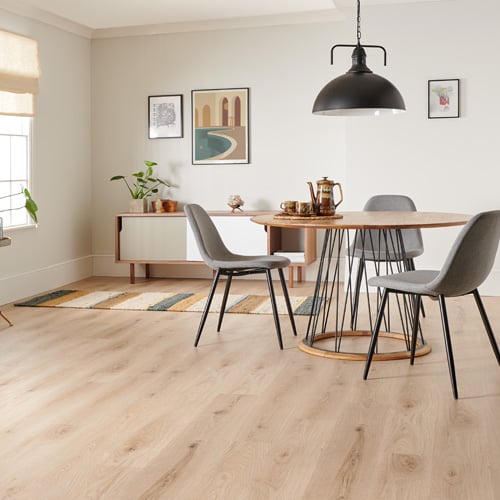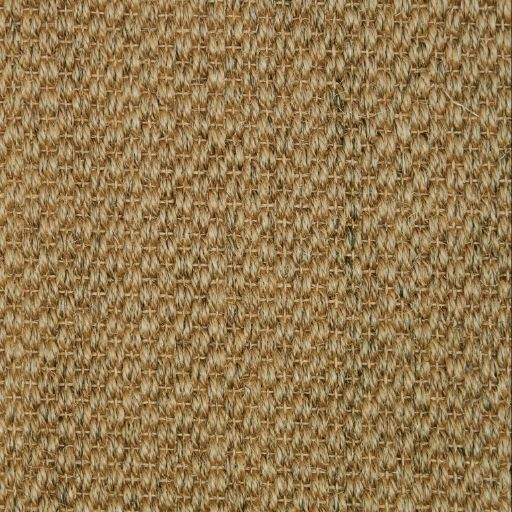The world of wood flooring has evolved dramatically over the years, and one question often pondered by homeowners is: can wood flooring be waterproof? Traditionally, wood and water haven’t been the best of friends. However, modern advances have made it possible to find wood flooring options that resist moisture effectively. Let’s dive into which wood flooring is truly waterproof and the innovations that have made this possible.
The Evolution of Waterproof Wood Flooring
Natural hardwood is known for its beauty, warmth, and timeless appeal. But it’s also known for its vulnerability to moisture. The wood grains can expand and contract with moisture exposure, leading to warping, buckling, or even rotting. Thankfully, the flooring industry has recognized this limitation and, over the years, has developed several waterproof or water-resistant alternatives.
Waterproof vs. Water-Resistant: The Distinction
Before we delve deeper, it’s essential to understand the difference between “waterproof” and “water-resistant.”
Waterproof flooring is impervious to water. No matter how long it is exposed to moisture, it will not suffer damage.
Water-Resistant flooring can handle moisture to a degree and for a time, but prolonged exposure will eventually lead to damage.
Waterproof Wood Flooring Options
Luxury Vinyl Plank (LVP) with Wood Look: Perhaps the most popular option, LVP offers the appearance of wood with the benefits of vinyl. LVP is completely waterproof, durable, and often comes with a textured surface that mimics the grain patterns of real wood. It’s an excellent choice for areas like basements, kitchens, or bathrooms where moisture exposure is frequent.
Waterproof Laminate Flooring: Traditional laminate flooring, known for its wood-like appearance, was only water-resistant. However, new manufacturing techniques have produced versions of laminate that are waterproof. These often have a tight locking system and a moisture-resistant core, making them suitable for areas where spills might occur.
Wood Plastic Composite (WPC) Flooring: WPC combines the best of both worlds—plastic’s waterproof nature and wood’s aesthetic appeal. The core of WPC flooring is made of wood pulp and plastic composites, making it waterproof. It’s also thicker than LVP, providing a softer feel underfoot.
Tile with Wood Look: Porcelain and ceramic tiles have always been waterproof. Today, advanced printing technologies allow these tiles to mimic wood grain patterns, colors, and textures. These tiles offer the appearance of wood while being moisture-tolerant, making them perfect for bathrooms, kitchens, and other high-moisture areas.
Engineered Hardwood with Waterproof Cores: While traditional engineered hardwood isn’t completely waterproof, some modern versions come with waterproof cores. These have a real wood veneer on top but use a composite core resistant to moisture, bridging the gap between beauty and functionality.
Protection Measures for Wood Flooring
If you’re set on traditional hardwood or have already installed it, here are some protective measures to make it more water-resistant:
Sealants: Polyurethane sealants can create a protective layer on the wood surface, shielding it from minor spills. However, this does not make the wood completely waterproof.
Routine Maintenance: Regularly checking for leaks, ensuring that your home’s humidity levels are controlled, and immediately cleaning up any spills can prevent prolonged moisture exposure.
Choosing the Right Wood: Some woods are naturally more resistant to moisture than others. For instance, teak, cedar, and white oak have oils that act as natural barriers against water.
Conclusion
The quest for waterproof wood flooring has led to innovative solutions that blend aesthetics, function, and durability. While natural hardwood may never be entirely waterproof, the alternatives available today ensure homeowners can enjoy the beauty of wood without constantly fretting about water damage.
Whether you’re renovating a bathroom, designing a cosy kitchen, or just want peace of mind in a bustling household, there’s a waterproof wood flooring option for you. Always assess your specific needs, the room in question, and consult with flooring professionals to make an informed choice. In today’s market, beauty doesn’t have to be sacrificed for resilience.
Back to Feed

